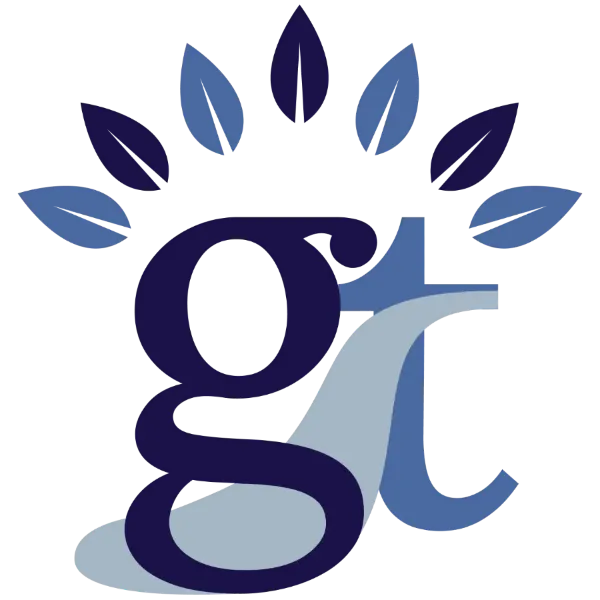Genealogy Trek produces ancestor and family Life Sketches through extensive research that follows ancestry data as it weaves within historical and social context.
If you want to know when new content appears, please sign up at this link .
Genealogy Trek is a byproduct of 10 years of genealogy research and the many findings learned along that genealogy journey. The original genealogy goals included a desire to learn more about my ancestors, their journey to and across the United States of America, and their ancestral roots. This genealogy research resulted in genealogy stories about many of these brave people who settled America. Genealogy Trek presents original stories, called Life Sketches, that are rewritten to include updates from newly available information and surprise discoveries, often found when researching other branches of the ancestry tree.
A career as a data scientist developed a strong sense and skill to “follow the data”. In genealogy research, this skillset translated into noticing discrepancies in genealogy charts, family trees, and the genealogy relationships published by other genealogists. Different conclusions - family trees, relationships, social status - resulted even when different research efforts used the same set of documents.
These frequent discrepancies lead to the same question: Why did different people draw different conclusions from the same documents about the ancestors of a descendant?
This failure to reach a consistent result, similar to what data scientists label "not reproducible", stems from several areas:
As more records and new information are digitized and made available, generally on the internet, better conclusions come to light. In other words, more data and better data lead to better results.
With access to digitized originals, researchers do not need to rely on transcriptions, which can contain errors introduced by the human transcribers when, for example, working with a centuries-old handwritten document.
Without an understanding of a historical period's laws, customs, history, geographical location, geographical changes (e.g., shifting state lines or county lines), or the dates territories become states, incorrect family tree relationships can result.
A reliance on a favorite yet faulty source that is inferior to a better source (newer, more accurate, more credible) can lead to inaccuracies in relationships.
A deference to "fake news" on the internet leads to many genealogical errors. Internet genealogy web sites which may look and feel official often contain mistakes. Paraphrasing the words of a fellow genealogical researcher “Just because it's been found on the internet and copied a hundred times, doesn't make it correct”.
Not going further and investigating other family trees to prove or disprove familial relationships leads to mistaken identities. Sometimes to prove a genealogical relationship, the other options have to be shown not to be possible.
Accepting family lore as factual without proof or sources creates false narratives. While sometimes there's a nugget of truth in a family story, far too often the story is mostly fiction.
An inability to let go of an idea or desirable relationship, even though the data says clearly shows something else, tilts a family tree toward fiction. Emotions about "who we are" and "where we were" are often difficult to let go of even when faced with facts.
Wishful thinking passed down through generations results in incorrect familial relationships. Patriotism and pride resulted in families creating associations with the Founders of America. How many of us have heard that our ancestor came over on the Mayflower? participated in the Boston Tea Party? hosted General Washington?
By following genealogy data, answers emerge, sometimes new and sometimes confirmation of previous work. The Life Sketches assembled from data brings an ancestor “to life”. When a Life Sketch is written, new questions sometimes arise, which can result in reevaluating records and the need for additional research. It is not uncommon to find discrepancies when viewing a family tree or family chart with names, dates and ancestry lines, which are hidden in a text narrative.
Each Life Sketch contains the date it was written. New records or data may emerge that change the conclusions reached in the sketch. Genealogy Trek welcomes any feedback including new information and suspected errors. Use the link below. Of course include a detailed description of your data source and the library or repository where the data can be found.
Contact Genealogy Trek here
